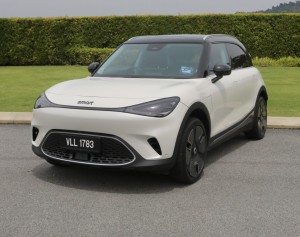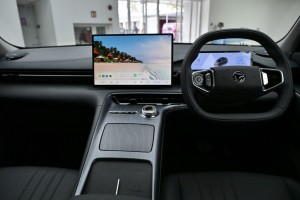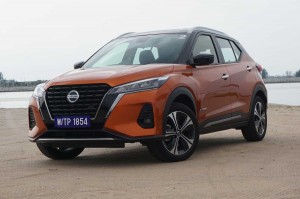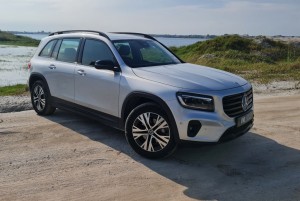DETROIT: Automakers have announced a whopping US$526 billion (RM2.4tril) collective investment in electric vehicles through 2026, more than double the amount they mapped out over a similar forward time frame a couple years ago.
Since the industry isn’t doubling its total capital spending, all that investment in EVs — tallied by consulting firm AlixPartners — will come at the expense of development dollars for new and redesigned internal combustion engine vehicles.
Makes sense, right? The hot growth is in EVs. But hang on. General Motors has said it aspires to go all-electric by 2035, and other companies are saying 2040 or later. That means consumers will be able to buy a brand new gasoline-burning vehicle for another 15 to 20 years.
If models running on fuel will be available that far into the future, but most of the investment is going into EVs, auto dealers will be selling some very stale sets of wheels in the coming years.

What will those cars look like? For starters, automakers will not be investing in sprucing up their powertrains. Engines and transmissions are going to get awfully long in the tooth, since automakers can now see a point at which they’ll be phasing them out altogether.
Changes to powertrains will be done for reasons of efficiency and to meet tougher emissions rules, not to make cars faster or smoother.
Styling also could take a back seat. As carmakers watch sales of their combustion models decline, they’re more likely to tweak on the margins, rather than go through the rigmarole of complete redesigns.
Mark Wakefield, who runs AlixPartners’s auto industry practice, said some vehicles could get the kind of freshening that costs US$100 million or so. All-new models tend to cost US$1 billion or more.
BofA Global Research recently forecast in its closely watched Car Wars report that by 2026, the US market will have about 135 different EVs for sale, and an equal number of internal combustion vehicles.
If automakers spend less on their traditional models, those cars could eventually become more of a bargain hunter’s option for consumers who can’t afford EVs, or don’t have plentiful access to charging infrastructure.
This could also mean some interim pain both for automakers and their suppliers, who will start to struggle as sales volumes drop. AlixPartners estimates it could cost the big manufacturers and their Tier 1 suppliers $70 billion between now and 2030 to either fund new sources of internal combustion vehicle parts, or help vendors survive the transition.

As for profits, this too will get tricky. As EV volumes rise, margins should get better. Tesla has certainly proven EVs can make money when sold in big numbers. ICE margins could get worse with lower volumes, but BofA analyst John Murphy sees lower investment helping preserve profits.
All of these shifting dynamics could accelerate consumer interest in EVs. While ICE vehicles go begging for investment and get fewer styling changes, they’ll be less compelling. Consumers will look at new EVs with fresh styling, faster acceleration and smoother ride and vote with their wallets.
After test driving EVs, going back to a gasoline-burning SUV will feel like driving a tractor, Wakefield said. Think about consumers and their smartphones. A decade ago, only a third of Americans used them. As more people tried them, flip phones seemed so yesteryear awfully quick.












